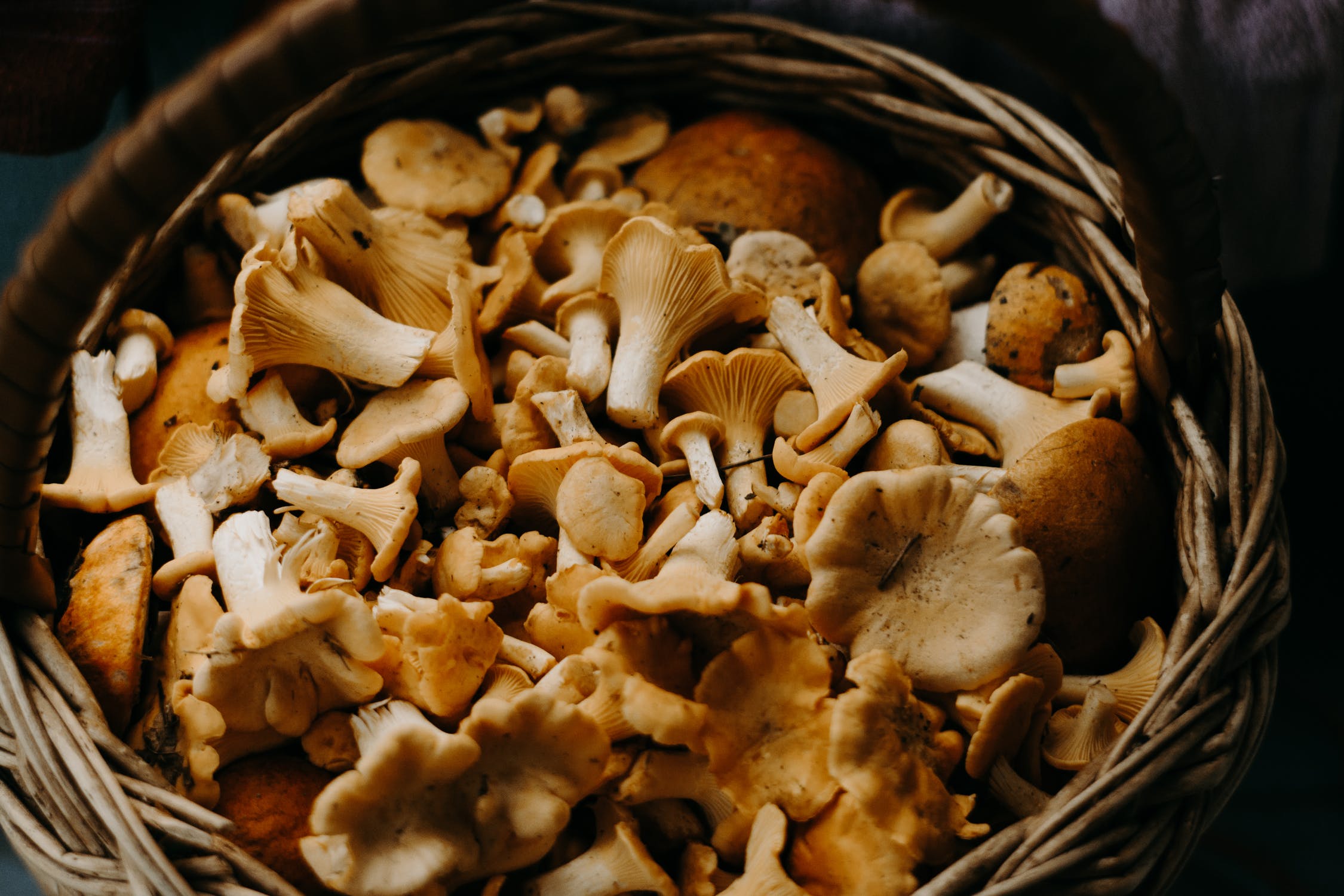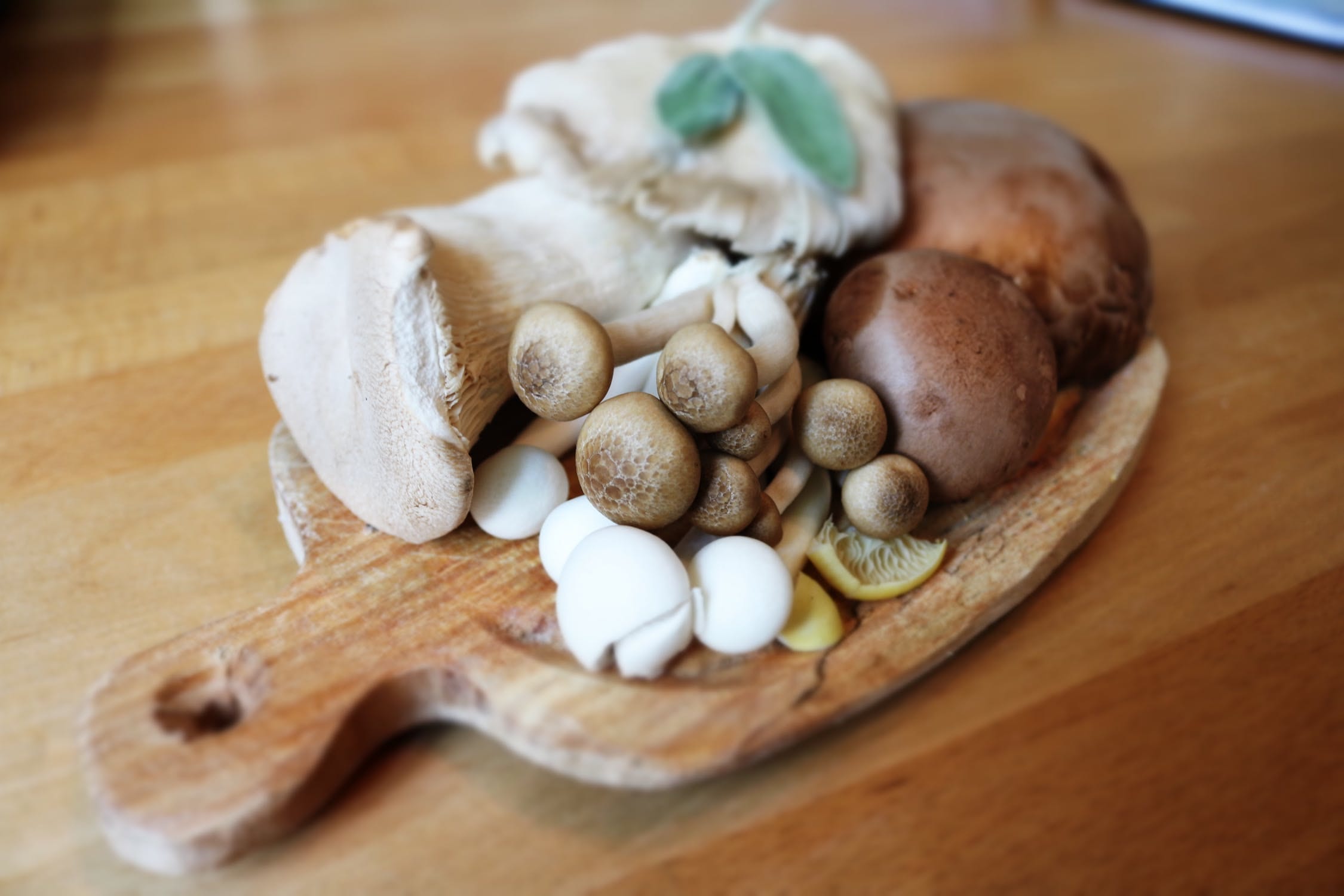Mushrooms are one of those foods that seem to divide people pretty strongly – you either love mushrooms, and even think they can replace meat on occasion, or you don’t want them anywhere near your food at all.
If you’re a mushroom lover, you probably buy them at the store or market, or maybe you’re even confident enough to hunt them in the woods on your own, but we all know that both of those methods can be a bit undependable.

Image Credit: Pexels
Oh, and let’s not forget the “magic mushroom,” which are now legal in at least a few states.
So, why not try to grow them at home?
If you’re going to give it a go, first off, you need to be prepared to wait, because mushrooms take a bit of time to go from spore to fruit.
Second, you should take some encouragement from the fact that they’re actually pretty easy to grow yourself. You’ll need a dark, humid, cool environment – they can tolerate some light and heat, but the ideal growing temperature is between 63 and 68 degrees Fahrenheit.
Once you’ve got a space like that, you’ll want to grab a mushroom kit from a company like North Spore.
North Spore began as a love for foraging and cultivating shared by three collage friends, and has grown into the place to go for all things fungi obsession.

Image Credit: Pexels
They offer grow kits for lion’s mane, blue oysters, pink oysters, and golden oysters, among others, and are truly passionate about the business.
“There are really only a few steps.
Cut open the box, slice an X in the bag underneath and spray with the included spray bottle a few times per day.”
Ridiculously simple was their goal, so as long as you can mimic the mushroom’s natural growing environment at home, there’s no reason these kits shouldn’t thrive.
Justin Matoesian, co-founder of TerraVita, says you can’t expect to be able to grow all kinds of mushrooms at home, though.
“There are a few mushrooms that are almost impossible to grow.
These mushrooms include chanterelle, porcini, boletus rubriceps, and Aspen bolete.
They grow on dying matter and are very popular amongst mushroom foragers in the wild.”
Matt Feldman, founder and CEO of Moku Foods, adds his own advice.
“Climate is very important for growing mushrooms.
Make sure to understand the climate requirements for whichever mushrooms you choose to grow at home.
Also, don’t give up if the first try doesn’t go as planned! It takes a little time to get it down.”
Aside from the fun side of mushrooms – only 1%-2% of mushrooms contain hallucinogenic properties – there are plenty of health reasons to add more of them to your diet. They tend to be low in calories, for one, and are packed with goodies like copper, pantothenic acid, selenium, and riboflavin.
Lion’s mane and reishi mushrooms come with a number of other benefits, too, like protection against ulcers and anti-cancer properties.

Image Credit: Pexels
You can harvest around three rounds of the mushrooms before you’ll need to start over with fresh spores.
So, get growing, my fellow mushroom lovers!
I imagine it’s easier to grow mushrooms indoors than keep the varmints away from a vegetables in the garden, so don’t give up!






